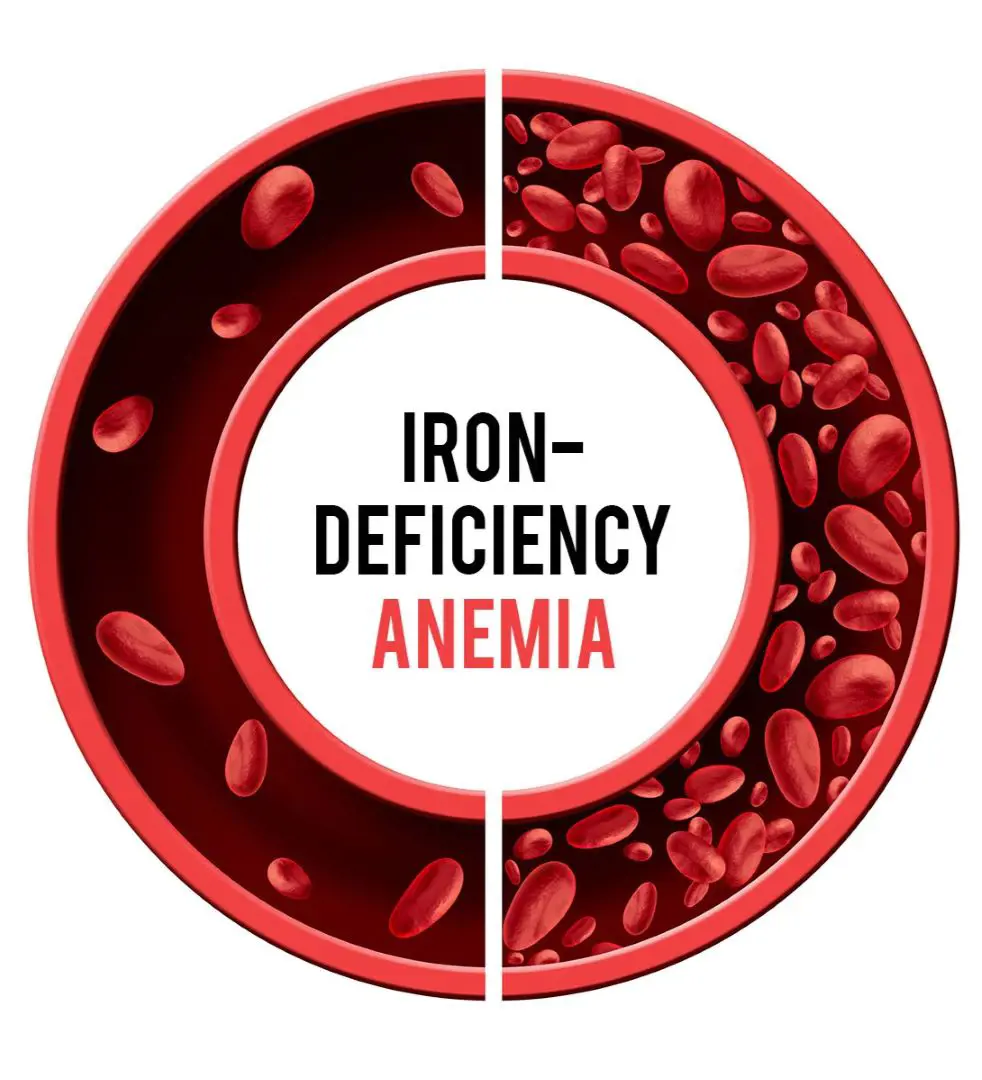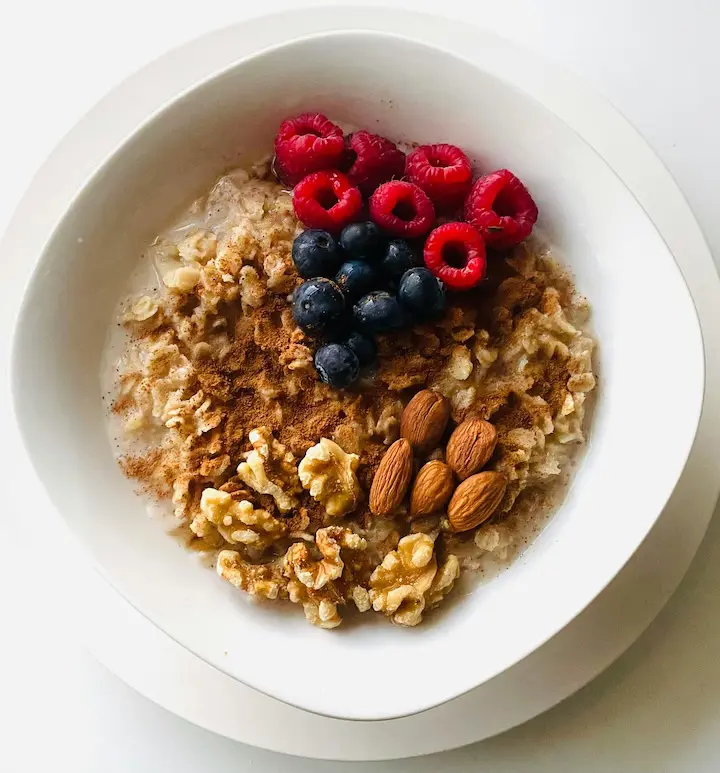1. Upgrades Digestive Health
Loaded with dietary fiber, figs are an excellent constipation reliever. By soaking 2-3 dried figs overnight in water and consuming them with honey on an empty stomach in the morning, you can get instant relief from constipation.
Figs work as a natural laxative that refreshes and eases the intestines. Moreover, it relieves diarrhea and encourages a healthy digestive system. A fiber-rich diet is essential for developing smooth digestive health, and figs fit well in this situation.
















